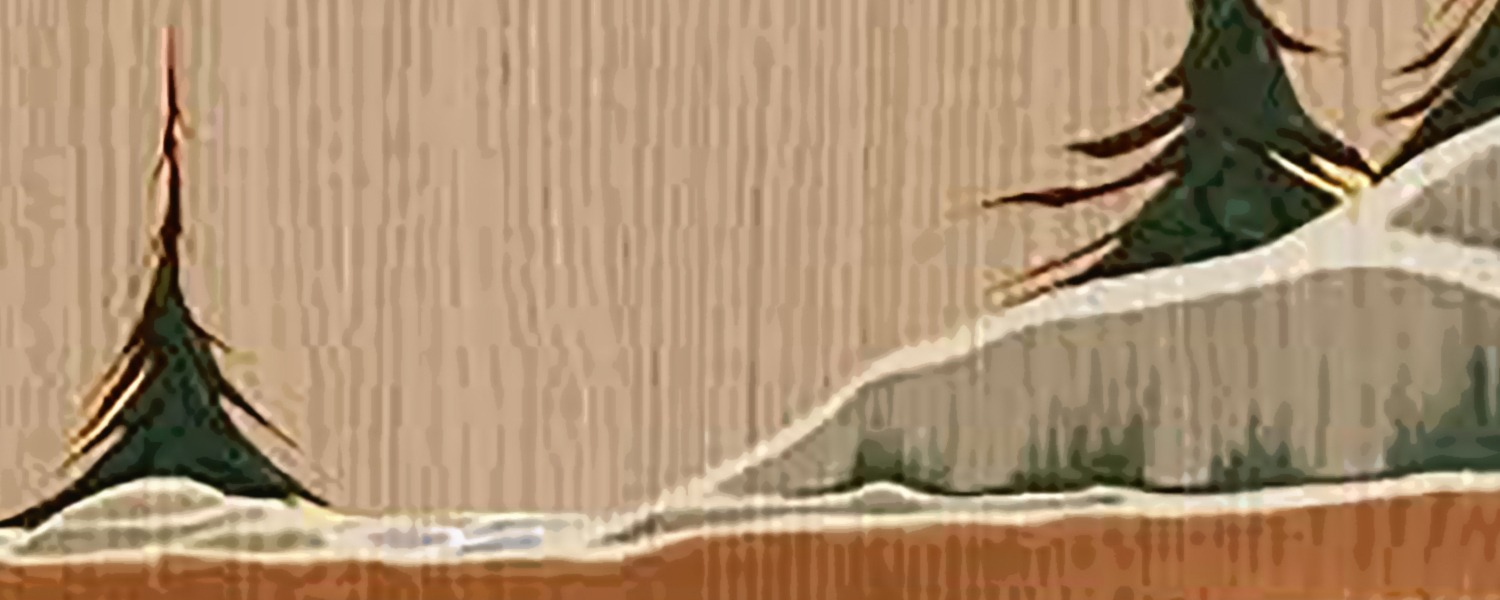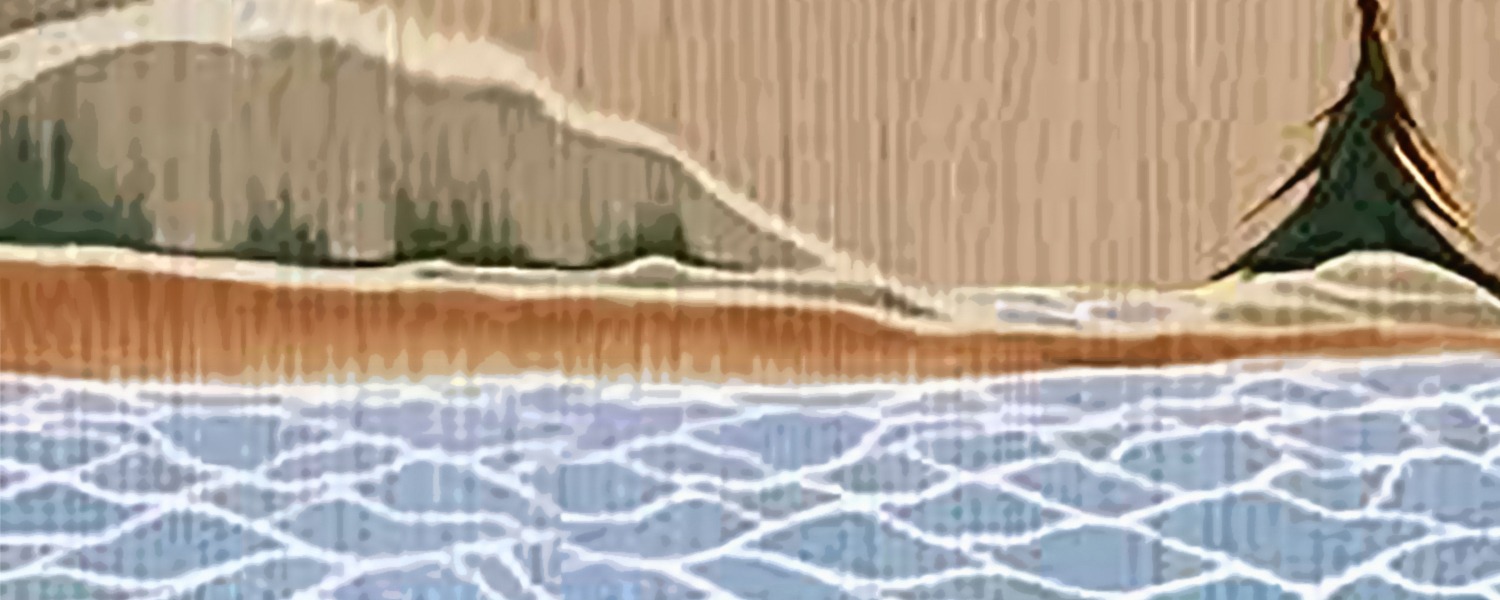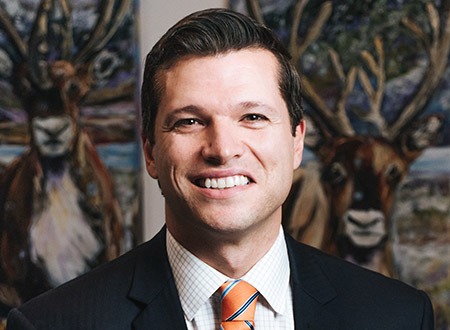Originally Published in Lawyers Daily, Monday August 10, 2020
Worldwide, there is a growing consensus that conservation requires the recognition of rights, respect, and co-operation with Indigenous peoples. Indigenous Protected and Conserved Areas (IPCAs) have emerged as a leading model for safeguarding biological diversity and the recognition of Indigenous rights and the promotion of cultural heritage.
But what are IPCAs exactly, and why is there so much momentum behind their creation?
What are IPCAs?
The concept behind IPCAs is simple: they are areas of lands or waters managed by Indigenous communities under long-term commitments to conservation that prioritize Indigenous rights and responsibilities. They respect the authority of Indigenous laws, governance models and knowledge, and may be designated by Indigenous governments under their jurisdiction, or in partnership with federal, provincial or territorial partners. Ecological integrity and cultural continuity are the core values of an IPCA.
Of course, IPCAs aren’t new. Indigenous nations across Canada have been stewards of special places for tens of thousands of years. However, in the past several decades Indigenous peoples have had to fight to protect their own lands under their own laws.
IPCAs as a new Federal Policy Initiative
In 2011, the United Nations Convention on Biodiversity released its Strategic Plan for Biodiversity 2011-2020, which established the “Aichi Biodiversity Targets.” The plan seeks to protect at least 17% of global terrestrial areas and inland water, and 10% of coastal and marine areas by 2020. In 2015, Canada’s federal, territorial and provincial governments released a series of biodiversity targets and goals called the Pathway 2020. The Pathway process committed Canada to achieving the Aichi Targets by 2020 through a dramatic expansion of networks of parks, protected and conserved areas, and the introduction of other effective area-based conservation measures across the country.
A crucial element of the Pathway process was the work of the Indigenous Circle of Experts (ICE), who created a report called We Rise Together. The report was a detailed outline of how to realize IPCAs in Canada and help achieve the Aichi Targets in the spirit and practice of reconciliation. IPCAs have since emerged as a favoured policy tool of the federal government for achieving this target.
Canada’s Commitment to Conservation
In the 2018 federal budget, the government committed $1.5 billion to protect land and water in Canada between 2018 and 2023, including. $500 million Canada Nature Fund for conservation partnerships and $800 million to support the creation of new protected areas, increased park management, protection of species at risk and to set up a coordinated network of conservation areas with other governmental parties. While the initial application process for the Nature Fund is now closed, many Indigenous communities were successful in obtaining funding to move forward with their IPCA proposals, and future funding commitments are being sought.
Environmental non-governmental organizations and other conservation agencies have also embraced IPCAs. The result is innovative funding mechanisms and private-public partnerships in support of IPCA initiatives, including financing to aid education and capacity for Indigenous Guardian programs.
Conservation North of 60°: Leading the Way Forward
The Northern parts of Canada hold a disproportionate amount of the world’s intact ecosystems. That, along with its long history and experience with co-management structures—in which Indigenous and public governments partner to jointly share in decision-making—makes Northern Canada fertile ground for advancing ambitious, effective, and socially just conservation goals under the IPCA model.
Since 2017 alone, the North has seen over 1500,000 square km of traditional territory placed under Indigenous-led conservation management using the IPCA model.
- Tallurutiup Imanga, the Inuktitut name for Lancaster Sound in Canada’s High Arctic, is the newest and largest marine protected area in Canada. The Tallurutiup Imanga National Marine Conservation Area (NMCA) will contribute over 109,000 square km conservation area (or nearly 2%) of Canada’s total marine protected area. Inuit themselves will manage the area through a new guardian program in Arctic Bay and run by the Qikiqtani Inuit Association. It will have a monumental impact for the local community, hunters and youth. Inuit Qauijimajatuqangit (traditional knowledge) will inform future decision making for the management and protection of the NMCA. And the NMCA will protect Inuit harvesting rights guaranteed under the Nunavut Land Claim Agreement.
- Edéhzhíe in the Dehcho Region of the NWT covers an area of 14,218 square km, including substantial portions of wetlands, boreal forest and the region’s ecologically unique Horn Plateau. Edéhzhíe was first designated a Dehcho Protected Area under Dehcho law before the Dehcho First Nations, and the Government of Canada signed the Edéhzhíe Agreement to protect Edéhzhíe permanently. Edéhzhíe is managed by a joint Management Board that works by consensus. The Board is mandated to promote the continuance of language, harvesting, and other aspects of Dehcho Dene culture. A core element of Edéhzhíe is the resourcing and expansion of the Dehcho K’éhodi Stewardship and Guardian Program, run by the Dehcho First Nation, who will undertake patrols, research projects and youth mentoring.
- Thaidene Nëné covers a vast 26,525 square km of boreal forest, tundra and freshwater ecosystems in and around the East arm of Great Slave Lake. It includes a 14,305-square-kilometre federal national park reserve, 12,220 square kilometres of territorially protected and conserved conservation areas that are jointly designated and co-managed by Parks Canada, the Government of the Northwest Territories and the Lutsel K’e First Nation. Lutsel K’e Hi Hat’Ni Dene are the Indigenous Guardians of the area, and will function as monitors, stewards and guides for visitors within Thaidene Nëné.
Indigenous Guardians: People as Part of the Solution
Central to establishing these IPCAs was the expansion of locally-based and Indigenous-led guardian programs. These programs empower Indigenous guardians as responsible stewards for many aspects of monitoring and management over the area. That is in direct contrast to Western-based conceptualizations of parks that do not consider humans to be a fundamental part of a healthy ecosystem. IPCAs show that it is time to rethink that approach.
Indigenous Guardians are community-based land and water stewards who manage their lands and waters using cultural traditions and modern conservation tools. Indigenous Guardians function as the “eyes and ears on the ground” in Indigenous territories to monitor ecological health independently and often in collaboration with scientists/university researchers.
There are over 30 Indigenous Guardian programs already in place across Canada. Several Guardians initiatives were developed jointly with IPCAs, including the Haida Watchmen, the Lutsel K’e Ni Hat’Ni Dene, and the Arctic Bay Guardian Program. Within these IPCAs, Guardians maintain cultural sites, protect sensitive areas and species, interpret culture and heritage aspects for visitors, contribute to land and marine planning and management, and promote inter-generational and inter-cultural sharing of Indigenous knowledge and values.
As IPCAs are based on the idea of a protected area explicitly designated to accommodate and support an Indigenous vision of landscapes and ecosystems that are inclusive of people, Indigenous Guardians can play a vital role in maintaining sustainable relationships between people and the land.
How to Create an IPCA
There is no single approach to creating an IPCA. In some jurisdictions, they can be created using special legislation designed to protect Indigenous conservation areas. Examples include the creation of a “Conservancy” in British Columbia’s Park Act, the creation of “Indigenous Traditional Use Parks” through regulations under Manitoba’s Provincial Parks Act, and the creation of “Territorial Protected Areas” through regulations under the Northwest Territories’ Protected Areas Act. IPCAs can also be developed in the context of ongoing land and resource negotiations with public governments. And in some cases, IPCAs can be simply declared as “Tribal Parks” using inherent Indigenous jurisdiction.
IPCAs represent the application of Indigenous laws, governance and knowledge systems while providing innovative ways of expressing Aboriginal and Treaty rights without the risk of displacement. IPCAs are also an opportunity to reconnect people to the land and create conservation-based economic growth.
There is an unprecedented opportunity to advance Indigenous-led conservation as the federal government works to meet the national targets for terrestrial and marine protection. Currently, IPCAs represent only 3% of protected and conserved areas in Canada. Collectively, IPCAs have the potential to ensure that conservation leads to meaningful shared benefits, shared decision-making and community-based conservation economies.
We have also embarked on a journey of reconciliation between Indigenous and non-Indigenous peoples. The goal of that process is to renew nation-to-nation, government-to-government, and Inuit-Crown relationships. Doing so will require partnership.
IPCAs represent both a practical and ethical path forward for achieving true partnership. Through their continued application, they can help to achieve the conservation goals and needs of today, while reconciling the past and affirming Indigenous self-determination, and a fundamental principle of international law as set out in the United Nations Declaration on the Rights of Indigenous Peoples. The time to welcome the next generation of conservation is now.
The original version of this article can be found at the Lawyers Daily
Related Posts

Sovereignty Begins at Home: Inuit and the Northwest Passage
The fabled Northwest Passage, connecting the world’s two largest oceans along the northern coast of North America through the Canadian Arctic Archipelago, is fast becoming a present-day reality. Non-Inuit have…
Read More...
Raising the Stakes - A Comparative Review of Canadian Mining Laws and Responsible Mining Standards
September 11, 2020
OKT is pleased to announce the release of the groundbreaking report: RAISING THE STAKES: A Comparative Review of Canadian Mining Laws and Responsible Mining Standards.
Canada…
Read More...
Solving the Indian Act by-law enforcement issue: Prosecution of Indian Act by-laws
As the COVID-19 crisis unfolds, intense fears and anxieties are being felt in First Nations communities across the country, as well as in other Indigenous communities. For many First Nations,…
Read More...


